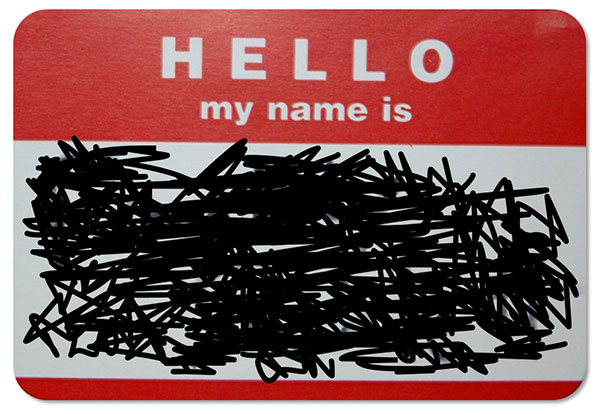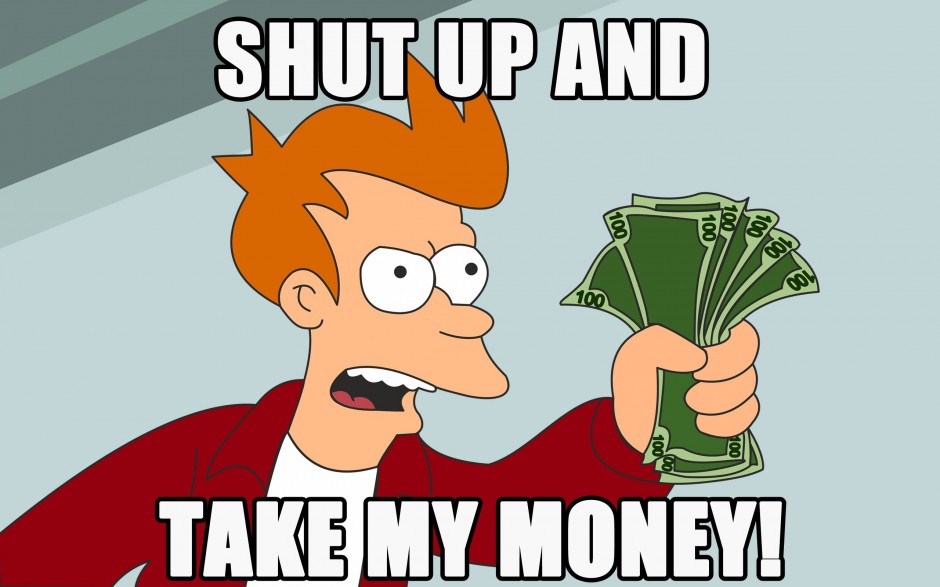 Email marketing is a great way to stay in touch with your customers and prospects.
Email marketing is a great way to stay in touch with your customers and prospects.
This is especially true when you grow your list organically by asking people to opt-in because they’ve visited your website, met you at a networking event, or have done business with you. When you add subscribers in this way, it’s more likely that your email marketing is reaching people who already know you and may even already like you. So it’s important to send quality content, make it easy for people to respond to your calls to action, and enable them to get in touch with you if they have questions.
The more work it is to react to your email messages, the more likely it is that they will be ignored. Recently, I experienced a “great” example of a tempting offer that was extremely difficult to act upon.
I subscribed to a local opera company’s newsletter because I wanted to be able to see nearby opera performances and I hate paying for parking in Boston. They sent me an email about their upcoming 10th anniversary gala performance, and because it will feature many of opera’s greatest hits it’s more appealing to me than attending the performance of a single opera. And since my son is studying cello I thought that attending this concert would be a great way to show him how it’s possible to make a living as a professional musician. So you can see that I’m already a great prospect for this group because I like opera and I want to attend performances.
The biggest problem? They didn’t list ticket prices. I like to support the arts as much as the next guy, but I’ve got to watch the bottom line so that’s the first information I look for. When you’re selling a commodity, it’s important to let people know how much your stuff costs upfront. If I can afford the ticket, great! If I can’t, too bad! What’s the use of keeping this a mystery?
Researching ticket prices
This roadblock would put off a lot of email recipients, but not me. Here’s what I did to discover how much it costs to attend this performance:
- I take a while to figure out that the website addresses given in the email are actually links (they are the same size and color as the rest of the text and they’re not underlined).
- I clicked on the website address of the venue closest to me.
- I arrived at the venue’s home page, not the page about the opera gala.
- This performance wasn’t featured prominently so I had to look around for it.
- I found a text link at the bottom of the “upcoming performance” list.
- I clicked on the link.
- I landed on a page that featured a lengthy description of the performance and the opera company that went past the bottom of my browser window. At the top of the page there was a “Buy Tickets Now” button.
- I clicked on the “Buy Tickets Now” button.
- I saw the seating chart and chose some great seats at the front of the house.
- I clicked on “Select Seats.”
- Now I had to confirm my seat choices. Yes, those are my seats, all right.
- I clicked on “Check Out.”
- Here’s where I indicate who the tickets are for. I selected adult and child tickets.
- I clicked on “Continue.”
- I arrived at the customer login page.
- I got fed up with all of this jumping through hoops and gave up.
Tell me, if you are selling a commodity, do you really want people to go to that amount of trouble just to find out how much it costs to buy it? A person would have to be crazy, stubborn, or a huge fan to put up with that kind of stuff. If you’re promoting a special offer, tell ’em how much it costs in the email! What’s the big secret?
Later, when I was retracing my steps so I could write this article, I eventually found the ticket prices on the page described in Step 6, above. I had to scroll to the very bottom of the page because of all of the text describing the opera company and the many laudatory quotes they included.
Turns out it would cost $32 for us to go. Why didn’t they just say so in the first place?
Your turn
How easy is it for your email subscribers to answer the basic marketing questions: “What’s in it for me?” and “How much does this cost?” Do your links go right to the page described in the email or do they land on a home page, creating more work for your readers?

